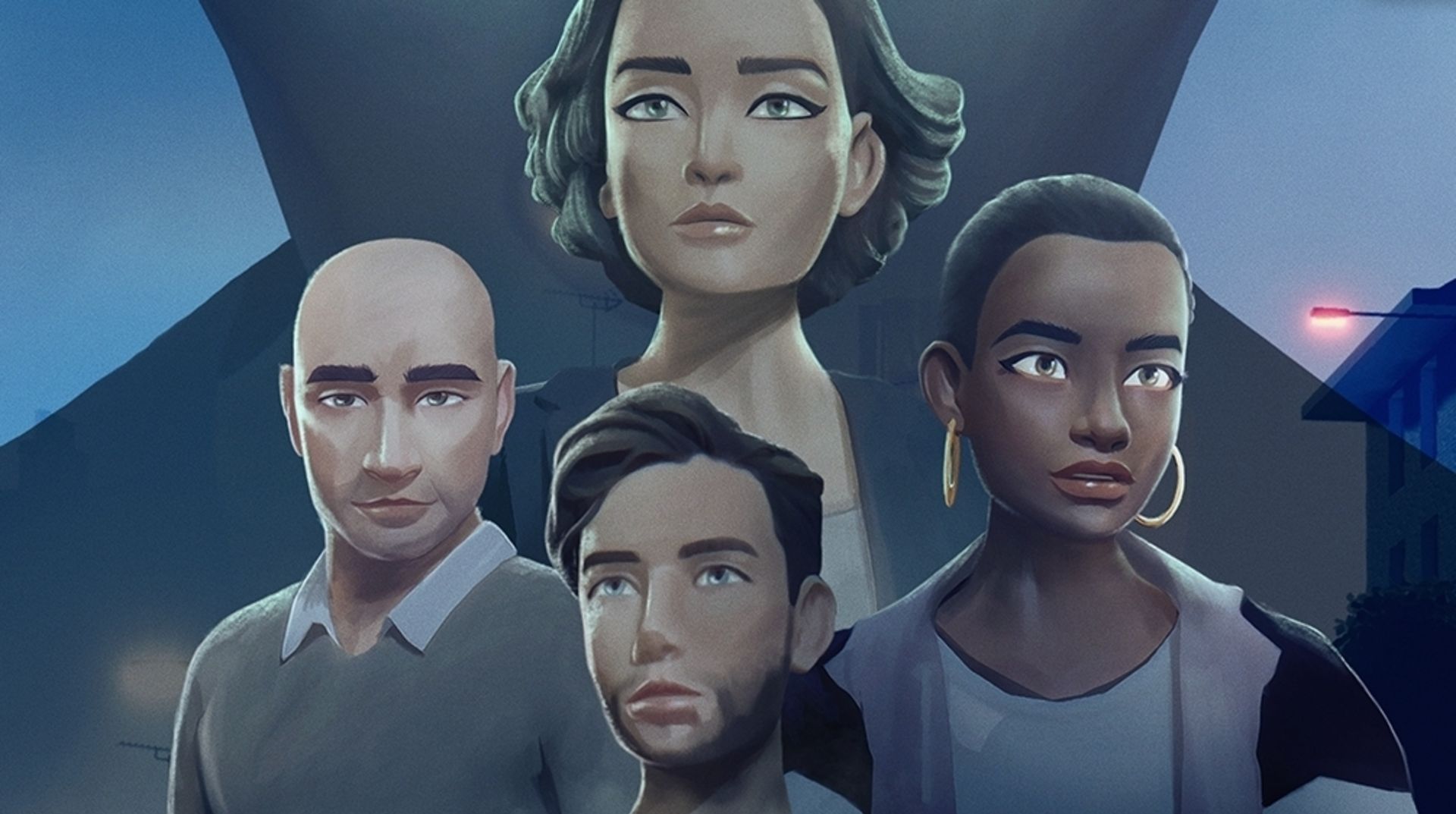As the years go by, narrative-focused gaming has become more and more common. Now, I’m not suggesting that video games haven’t had narratives and worthwhile stories for decades; it’s just that, over the last generation and a half, or so, there’s been an influx of titles where gameplay takes a backseat to the story itself. We sometimes call these walking simulators, but they used to often be referred to as episodic games.
A new entry into this sub-genre is Last Stop, which comes to us from Virginia developer, Variable State. Virginia, itself, was an odd but interesting game, and this one is no different. It won’t be for everyone, though, because there’s not a lot to do, and a good portion of the experience is more passive than action-packed. Fans of narrative-focused gaming may find enjoyment here, but may find themselves wishing for a better game. That’s because, while Last Stop is a relatively interesting experience, it’s lacking in certain categories.
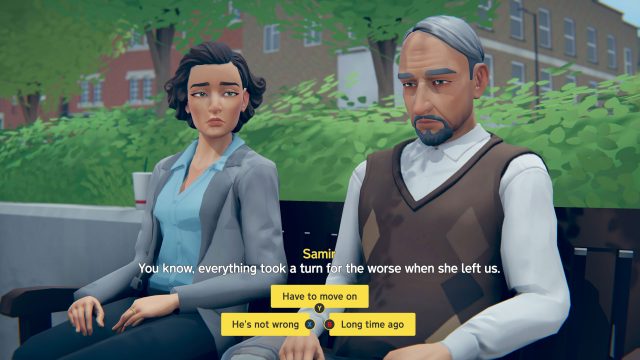
Things begin as two teenagers or young adults run from British transit police, and do so through a very dangerous location: the Underground. After narrowly escaping a stupid death, the two find stairs leading underground and eventually find something they didn’t expect. That is, an old-fashioned man in his later years, who tells them that he’s been waiting for them and they’re late. Confused, the two question this stranger and are told that they must follow him through the nearby door. The thing is, that particular door doesn’t look normal. When opened, it reveals a glowing green light that looks downright otherworldly.
After this opening, we’re greeted with an animated menu that allows us to choose from one of three different protagonists, all of whom star in their own titled stories. Each of these stories features several acts, and the idea is that you can only play one act at a time before switching to a different character.
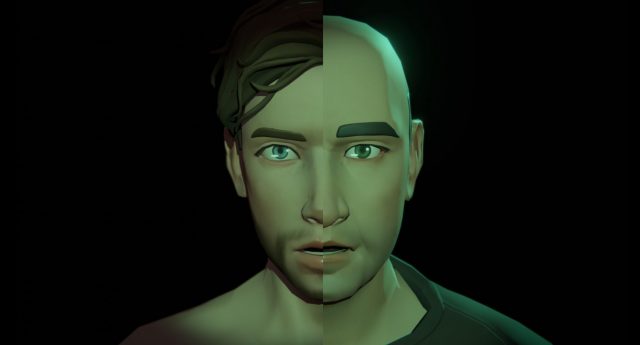
They are, as follows:
- John Smith in ‘Paper Dolls’: A middle-aged man named John is going about his day-to-day life and raising his adopted daughter, Molly, when something peculiar happens. On the way to school one day, the two return mail to one John Smith, whose similar initials have caused his post to be delivered to John, despite the fact that the two seem to live in different buildings. This drop off doesn’t go off without a hitch, but afterwards things seem fine, until the men wake up in each other’s bodies the following morning.
- Meena in ‘Domestic Affairs’: In this story, a middle-aged special agent fights with an annoying new recruit for a promotion at work. Meanwhile, her father is buying recreational drugs from a low lifer named Spider, and she’s hiding something worse: an affair with a colleague. When Meena receives a note saying that someone knows about her infidelity, she attempts to uncover the identity of that person.
- Donna Adeleke in ‘Stranger Danger’: While hanging out with friends, a high school student discovers that a strange but incredibly attractive man has been bringing dates home every single night. What’s odd about this? They never seem to leave, you see. This sends Donna and her friends on an adventure, in hopes of discovering just what’s going on. The proverbial shit hits the fan, though, when they knock the man out and decide to tie him up inside an abandoned aquatic centre.
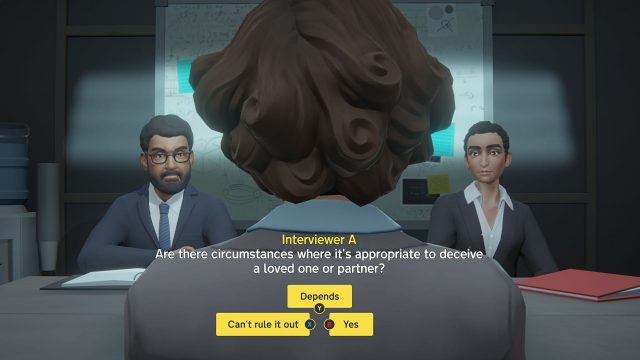
All of those synopses likely sound strange and unrelated, which is true, at least at first. However, despite being odd, they’re all tied together by the green door and supernatural elements that are at play. You’ll find out what they have in common if you play through all six acts of each story and the concluding chapter. Doing so shouldn’t take you more than several hours.
Since I don’t think I mentioned it above, Last Stop is a third-person game wherein player actions are generally limited to movement and dialogue choices. The general idea is that you’ll make decisions that will impact how the story plays out, except that isn’t always the case. Unlike the best in its genre, this particular game seems to be more predetermined than its options and design suggest. For instance, no matter how well you attempt to climb over some boxes you’ll still fall, and sometimes opposing dialogue choices will both lead somewhere similar. This is one of the main caveats of this game.
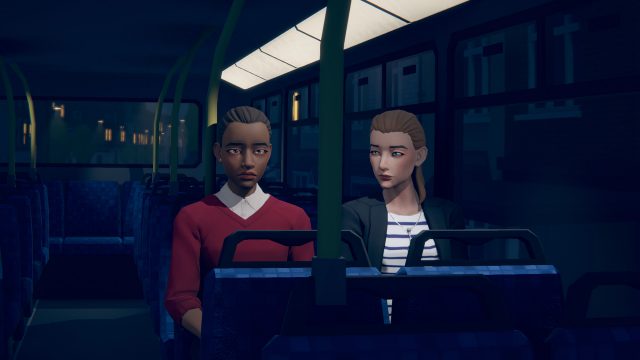
Another thing is that it’s not always clear when the player takes control. As you’d expect, Last Stop features quite a bit of cutscenes and dialogue, during which the player cannot move his or her character. Sometimes that will abruptly change and the player won’t realize right away, because the visual clues are so miniscule. This didn’t bother me a lot, but I can see it annoying others.
However, while some of the animations are a bit lacking, this is a pretty nice looking game. It’s very colourful, and its version of London pops off the screen thanks to the simple amount of colour the developers utilized. It doesn’t look very realistic, though, because the characters are quite cartoony and almost look like they were crafted out of clay sometimes. The game world is also exaggerated, and more colourful than it would be in real life.

Things are also fully voiced, but that’s to be expected. Hell, it’s pretty much a necessity anymore with these types of games. Still, the cast does a pretty good job, and the writing is above average, even if the choices aren’t as important as they’re made out to be.
At the end of the day, Last Stop is just an okay game. I applaud its developers’ efforts, and the thought that went into crafting this three pronged storyline. However, this narrative-focused third-person adventure simply isn’t as good as it could’ve been. When you present choices they should matter more, as should pressing the right inputs to accomplish something in-game. However, Variable State’s latest doesn’t always reward the player or give them what they’ve requested. Still, this remains a half-decent adventure, which is colourful, whimsical and very British. Not to mention heavily inspired by The Twilight Zone and TV shows of that ilk.
If you own an Xbox and are interested in checking out, do so before it leaves GamePass, because it won’t cost you anything.
This review is based on the Xbox Series S version of the game, which we were provided with.

